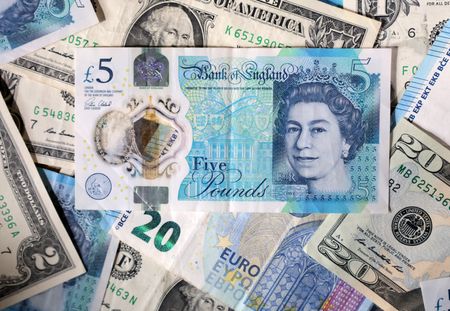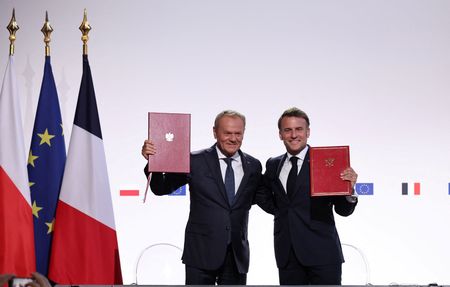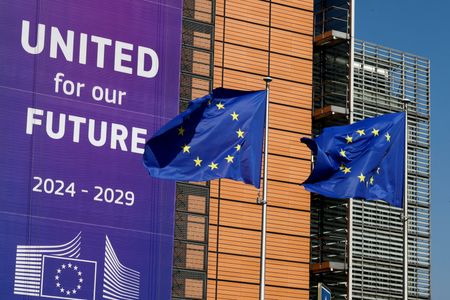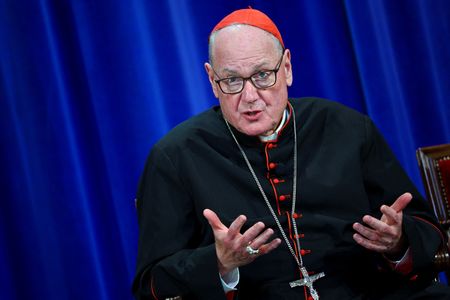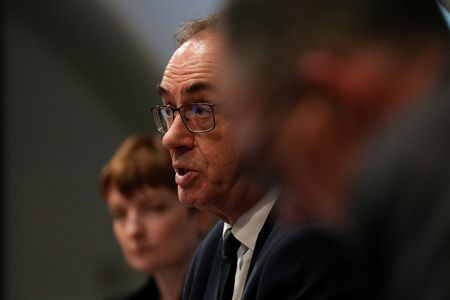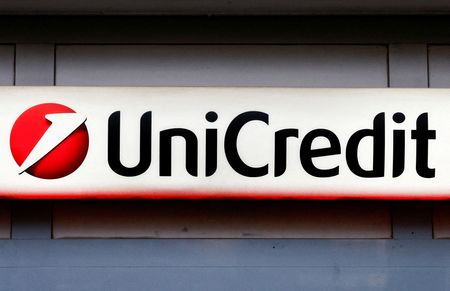By Amanda Cooper
LONDON (Reuters) -The pound rose on Friday, following the announcement of a “breakthrough” trade deal between Britain and the United States the previous day.
U.S. President Donald Trump and British Prime Minister Keir Starmer on Thursday announced a limited bilateral trade agreement that leaves in place Trump’s 10% tariffs on British exports, modestly expands agricultural access for both countries and lowers prohibitive U.S. duties on British car exports.
The deal, while light on substance and unlikely to serve as a blueprint for other countries, analysts said, was enough to offer investors some hope that trade agreements with the Trump administration were possible.
Britain will hold talks on trade with the European Union later this month and the U.S. deal has helped shore up sentiment around that, ING strategist Francesco Pesole said.
“The deal had already been largely priced in, and the implications for the UK economy are not significant,” he said. “That said, the UK has now signed two trade deals in quick succession, and that is keeping markets hopeful on trade talks with the EU,” Pesole said, referring to UK’s trade agreements with the United States and India.
Sterling was last up 0.3% against the dollar at $1.3278, having touched its lowest since mid-April earlier in the day.
Meanwhile, the Bank of England on Thursday cut interest rates by a quarter point to 4.25%, as expected. Voting by policymakers was split three ways, with two members of the rate-setting committee opting for no cut at all, which traders took as a sign to buy sterling, at least initially.
BoE Governor Andrew Bailey on Friday said the trade deal was a good thing but still left tariffs on most British exports to the U.S. higher than they were before last month.
“It’s good news in a world where it will leave the effective tariff rate higher than it was before all of this started,” he said in a question and answer session at an economics conference in Reykjavik.
The derivatives market shows traders have ditched their bets on another cut from the BoE in June and still only see a little more than a 50% chance of a cut in July.
Sterling was set for a flat week against the dollar, which has benefited from a nascent sense of optimism that more trade deals may be in the offing, with particular focus on this weekend’s scheduled talks between U.S. and Chinese negotiators in Switzerland.
Against the euro, however, the pound is on a roll. The euro is heading for its largest four-week loss against sterling since October 2022, when the pound burst above record lows struck during the crisis triggered by former Prime Minister Liz Truss’ failed budget plans.
The euro has lost over 2% against sterling in the last four weeks, with a 1% drop in this week alone.
(Reporting by Amanda Cooper; Editing by Tomasz Janowski)

